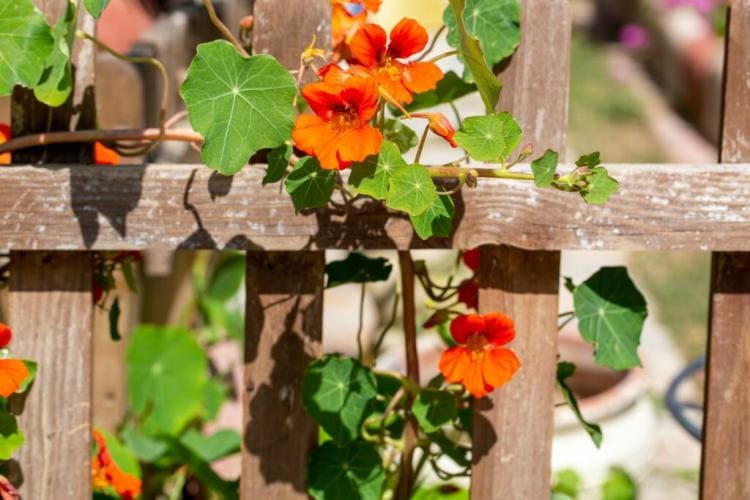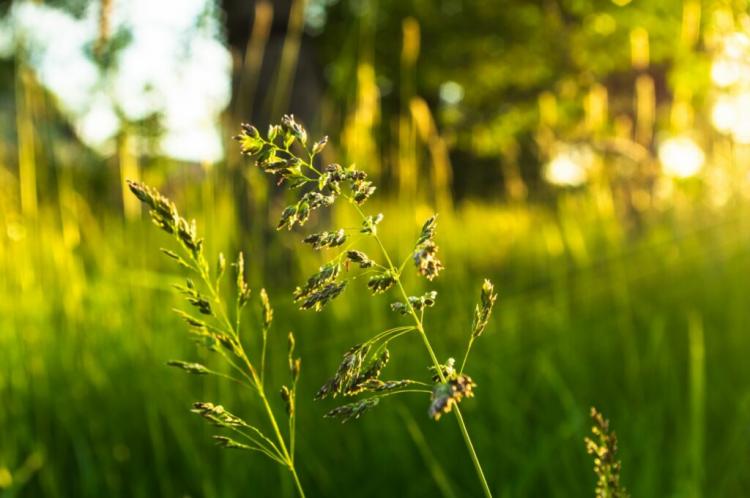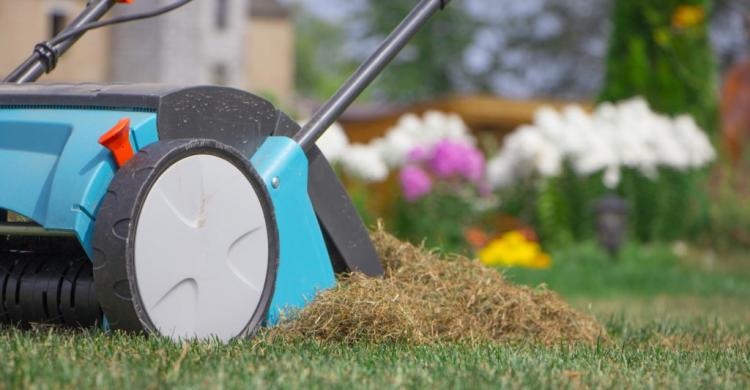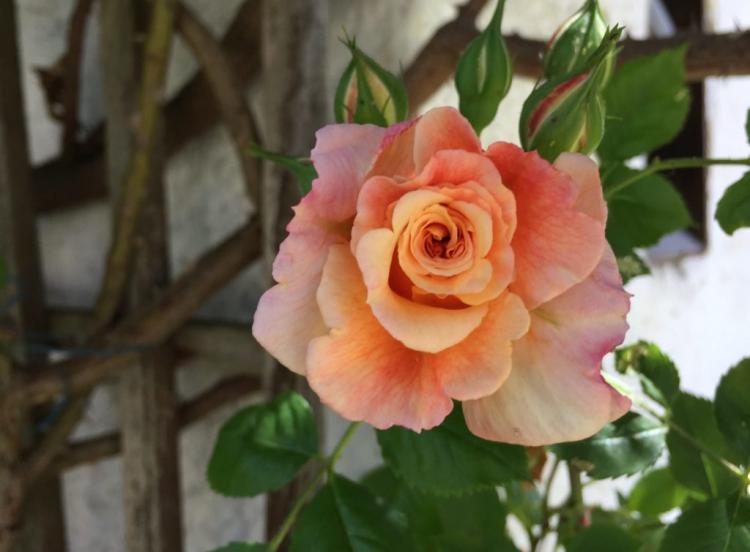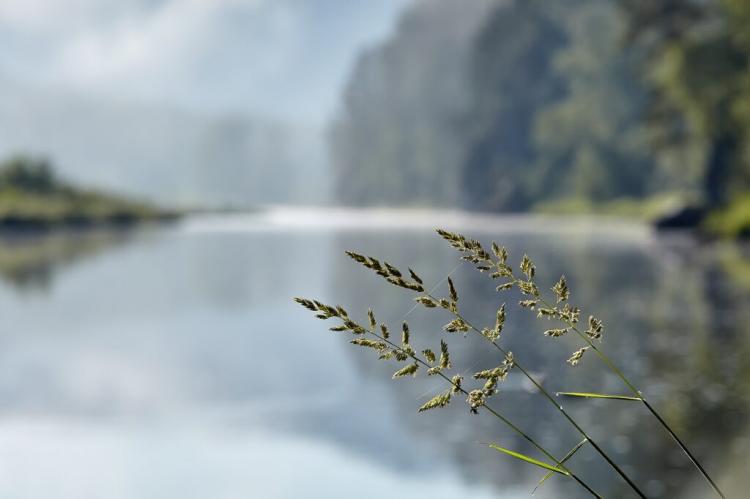Growing Broccoli: Everything You Need To Know
Broccoli is a popular coal plant. Here’s everything you need to know about successfully growing broccoli in your garden.
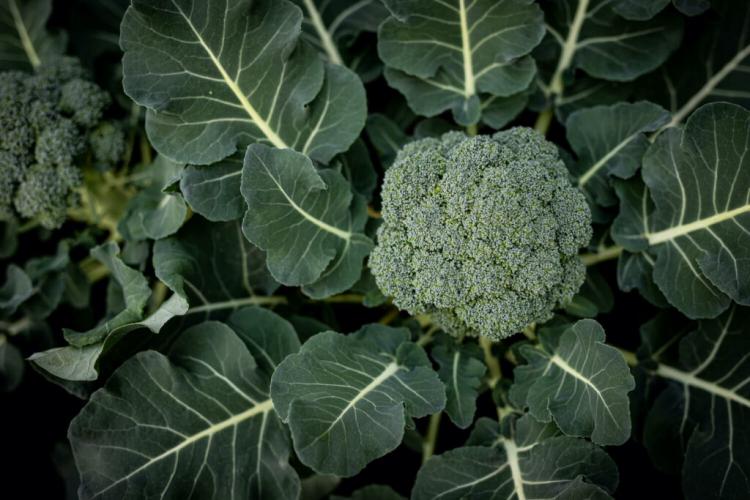
Broccoli contains many nutrients and is considered very healthy [Photo: BorisK9 / Shutterstock.com]
The green broccoli plant ( Brassica oleracea var. Italica ) is a long-running favorite among cabbage varieties and it is impossible to imagine Asian or European cuisine without it. With its high nutritional values, fresh broccoli is particularly healthy. Cultivation in the garden is therefore definitely worthwhile. Originally native to Central Asia, the cultivation of the special variety of cabbage spread across Italy to all of Europe centuries ago. Growing broccoli also promises a lot of success in your own garden with the right approach. We’ll show you the best way to cultivate green vegetables.
Growing broccoli: location and requirements
Table of Contents
Broccoli plants are fundamentally more demanding than their related cabbage varieties. There are therefore a few things to consider when choosing a location. The soil should always be loose and rich in nutrients. Soils that are too heavy are not very suitable due to the deep roots. It is therefore worthwhile to work compost into the bed to loosen it up and provide nutrients. In addition, broccoli needs an alkaline soil – if the pH value is low, we therefore recommend applying lime before growing. When planting broccoli out, make sure that it is in a sunny and sheltered location.
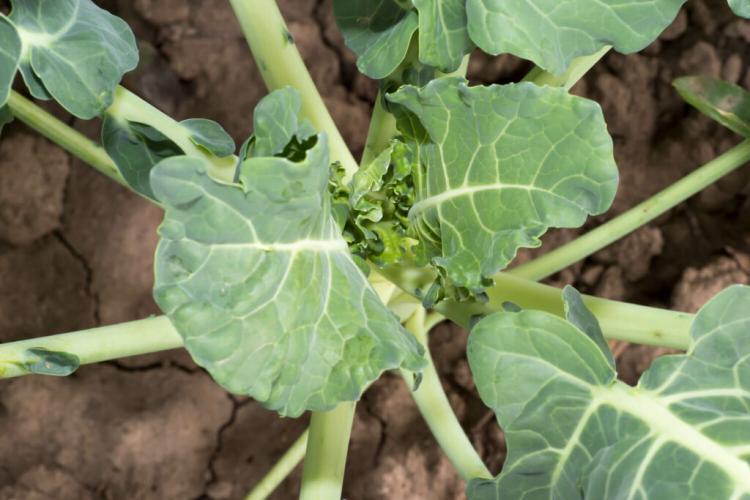
The edible flower approaches form inside the broccoli plant [Photo: Ostariyanov / Shutterstock.com]
You should take these tips into account when choosing a location:
- Loose and nutrient-rich soil (no heavy soils)
- No acidic soil (lime if necessary)
- Sunny and sheltered place
Planting broccoli: planting time and care
If you plant cleverly and with a certain time interval, you can look forward to the fresh vegetables all summer. We’ll show you the best time to plant out and how to properly care for the cabbage vegetables so you can expect a decent harvest.
Broccoli season: time to plant
You can prefer broccoli indoors from February to March. Regardless of whether you prefer the plants or bought them in the garden center, it is time to plant them out in May. With direct sowing, you can sow outdoors as early as April. We recommend spreading the cultivation over several weeks so that fresh broccoli can gradually be harvested in summer. Otherwise it can happen that you suddenly have to harvest more than you can actually eat.

The young broccoli plants are planted at a distance of 30 to 60 centimeters [Photo: milestone / Shutterstock.com]
Caring for broccoli: water and fertilize properly
For optimal growth, broccoli plants need sufficient nutrients and water as they consume large amounts of food in the bed. The water requirement is quite high, so water the plant regularly. It is also advisable to remove the weeds around the broccoli more often and to pile up the soil around the young cabbage in a similar way to potatoes.
After the compost has been added in preparation, a nitrogen- and potassium-rich fertilizer such as our Plantura organic tomato fertilizer can be used in the further course of growth. However, a few weeks before the first harvest, it is best to avoid fertilizers altogether. In this way the broccoli becomes particularly aromatic. The further use of compost and nettle manure is a purely plant-based alternative.
Broccoli pests
Broccoli can usually be affected by the same pests and diseases as its related cabbage varieties. The most important are:
- The carbonic hernia, a fungal disease. It can be recognized by the poor growth and withering of the plant, as well as tuberous, thickened roots that are white inside.
- The cabbage fly: This cabbage-type pest lays its eggs in the plant; the larvae then eat their way through the broccoli and damage it.
- The cabbage white butterfly: This is the butterfly’s caterpillar. An infestation by the voracious insects can be recognized quickly from the severely eaten cabbage leaves.
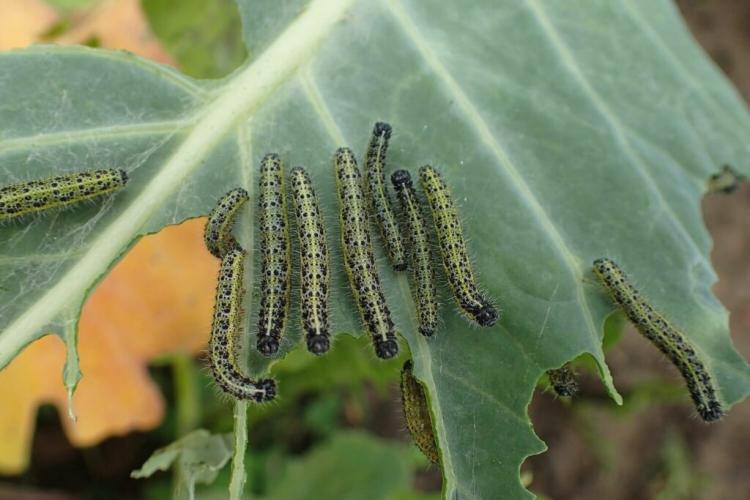
The caterpillars of the cabbage white butterfly feed on broccoli leaves, among other things [Photo: Pawel Beres / Shutterstock.com]
Reliable means of control are not available for all of these pests, so you should take these precautionary measures:
- Pay close attention to the crop rotation (for cabbage varieties, a cultivation break of at least 4 years)
- If the pH value is low, lime the soil
- The use of an insect screen
Propagate or buy broccoli?
Before you start growing broccoli, you should ask yourself whether you would prefer to grow the plants yourself or buy them. Both variants have their advantages, but you should decide at an early stage, because your own cultivation begins early in the year. We present both options below.
Propagate broccoli from seeds yourself
Broccoli seeds can be sown indoors or in a heated greenhouse from February to March. Do not insert the seeds very deeply (maximum 1 cm deep) and lightly press the soil. After 4 to 6 weeks, the young plants can be pricked out into larger containers and planted outdoors from May at a distance of 50 x 50 cm. Basically, it should be noted that growing your own is cheaper than buying young plants.
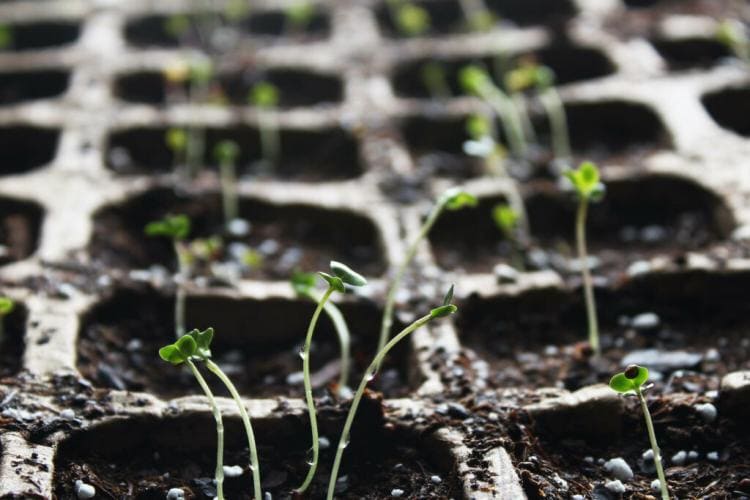
Broccoli seeds are sown in the spring [Photo: Michelle Patrick / Shutterstock.com]
Buy broccoli plants
As an alternative to growing your own, it is a good idea to buy young broccoli plants in the garden center. Growing broccoli is not that straightforward and a green thumb is definitely an advantage. In addition to the savings in effort, with the purchase you also have a better chance of success of a lush harvest. You should therefore think twice about whether you would rather buy the green vegetable as a young plant.
Broccoli varieties: making the right choice
When buying seeds, one should pay attention to the respective properties. There are earlier and later varieties. There are also so-called sprouting varieties that overwinter outdoors. In early spring these form many smaller flowers: a wonderful spring vegetable!
You can find a comprehensive overview of broccoli varieties here.
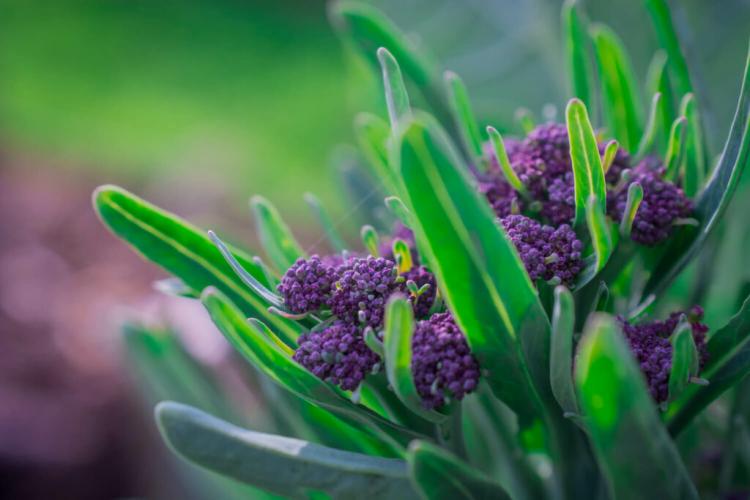
Purple cabbage varieties can also be grown as ornamental plants [Photo: Golden Shark 2 / Shutterstock.com]
- Calabrese: old and well-known variety from Italy; large and several small flowers; The variety tends to have many side shoots and enables a constant and good yield.
- Calinaro: more compact variety with large heads and a very good taste; popular in hobby cultivation and with smaller, direct marketing companies.
- Cezar: compact variety that stands out for its blue-greenish color; the main shoot forms relatively large heads.
- Kabuki (F1) : small and very precocious variety that is even suitable for the balcony; forms many smaller heads on the side shoots.
- Parthenon (F1): vigorous and richly productive variety that produces good yields even in cooler climates; compact and tightly packed heads; popular in commercial cultivation.
- Rosalind : old cultivar with red-purple heads; The variety branches out strongly and thus always brings good harvests for weeks.
- Summer Purple: quite undemanding variety of sprout broccoli that even beginners can grow successfully; Variety branches strongly; purple heads.
Harvesting broccoli: timing it right
An unusual peculiarity of broccoli is that the flower buds are eaten instead of the leaves or fruits. However, since we only use the unopened buds in the kitchen, the right time for the broccoli harvest is crucial. As soon as the flowers open and turn yellow, this affects the special taste of the cabbage. Check the plants regularly in summer so that they do not overripe. With summer varieties, the first broccoli plants begin to ripen after about 7 weeks, with winter varieties it takes several months due to the cold.
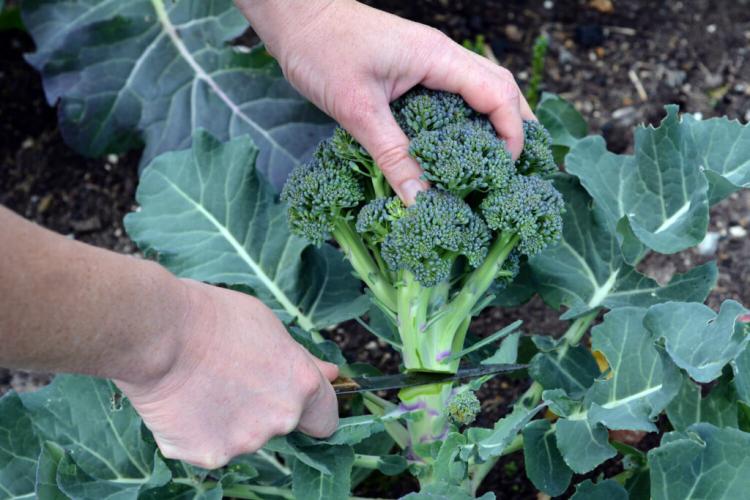
The broccoli flower base and stem are harvested [Photo: ChameleonsEye / Shutterstock.com]
A little tip : When harvesting, first cut off only the main shoot including the stem in the middle. After a while, the side shoots will ripen and you can harvest several times. A good distance to the neighboring plant is crucial for the development of the side buds, otherwise the broccoli cannot spread.
Store and preserve broccoli
Anyone who has ever bought broccoli in the supermarket knows that the vegetables only last a very short time. So that you don’t have too much of the nutritious cabbage vegetables left over in summer and can’t keep up with the food, you should definitely plant with a delay. If it does not work out as planned, there are still options to extend the storage period. You can find out more about storing broccoli here.

Broccoli can be frozen when cooked [Photo: kungverylucky / Shutterstock.com]
Freeze broccoli
The most reliable way to store broccoli for long periods of time is to freeze it. First cut the vegetables into smaller pieces and blanch the broccoli in boiling water for a few minutes. As soon as the vegetables are cooked, they should be cooled quickly (for example under cold water) and dried briefly. Finally, fill the pieces in freezer bags and place them in the freezer compartment. This way, broccoli will keep fresh for up to a year.
Store broccoli in the refrigerator
Storage in the refrigerator is suitable if you want to consume the vegetables within a few days. If stored too long in the refrigerator, there is a risk of blooming, which has a negative effect on the taste. To keep the broccoli crisp a little longer, we recommend that you place it in dampened kitchen paper. The healthy sprout vegetables do not dry out so quickly.
Broccoli is a close relative of cauliflower. In our special article you will find out everything you need to know about cauliflower – varieties, cultivation, care and more.

